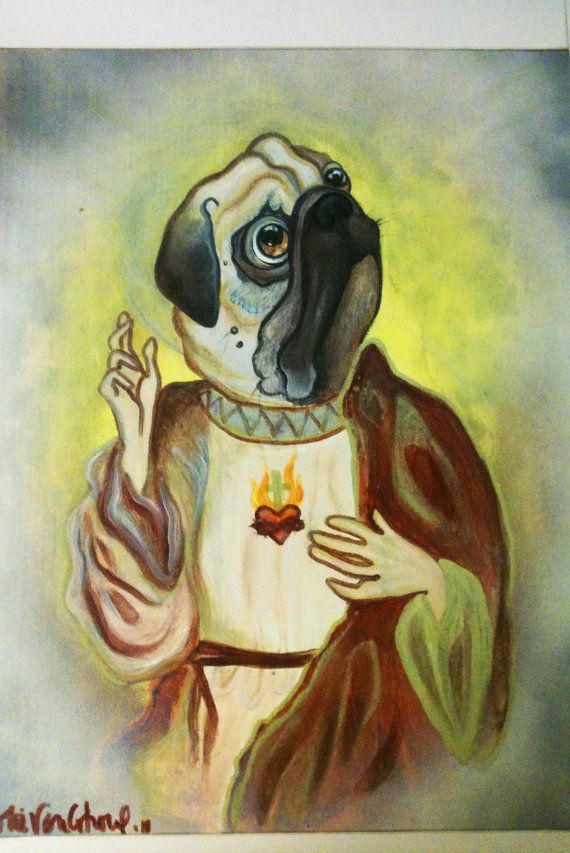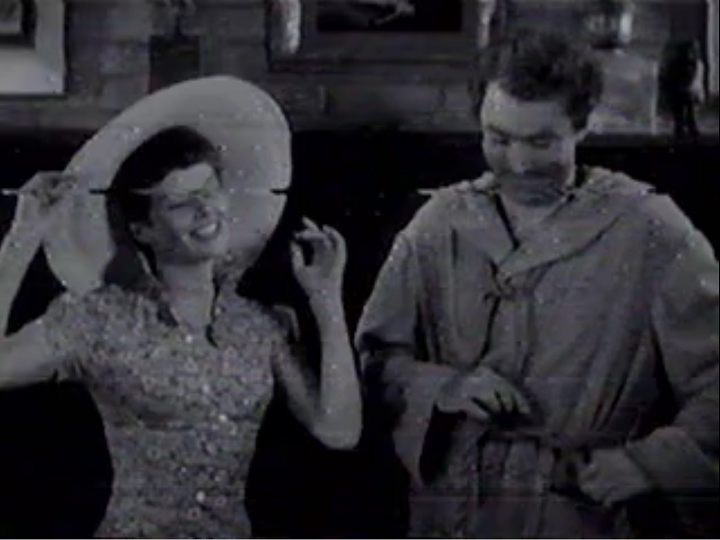Explanation: This is a marked difference in stylization that occurred during and in part because of Christianity’s rise. You see some of the warning signs, however, with Diocletian, the pagan Emperor just before Constantine, the first unambiguously Christian Emperor. Diocletian had an early form of the trend because he harkened more to an eastern style of divinely-ordained despotism and a stronger emphasis on the ‘right’ kind of beliefs to hold (in Diocletian’s case, paganism; in the later Emperors, Christianity)
There was a general trend, in the Late Roman Empire, of portraying the Emperor as more monarchial and unimpeachable, unlike the earlier, more dedicatedly nominally republican Principate/Early Empire, and the sculpture style is an outgrowth of that. As Christianity demanded orthodoxy (believing the correct thing) and not just orthopraxy (doing the correct thing), the Emperor who (effectively) decided what was and was not heresy had to be portrayed as ideal himself, at least during his reign, lest some poor souls listen to his doubters and damn themselves into unorthodox belief!
The faces become smoother and more inhuman; something more approaching the ideal and the divine. And the big, icon-like eyes. This is in stark contrast to the preferred style of the Pagan Republic and Principate eras, where the style of ‘Verism’ was dominant in busts, in which facial flaws were portrayed in full or even emphasized.
You can see there Julian the Apostate, at the bottom right of the Pagan Emperors, who resembles, well, the other pagans, despite the fact that Julian (who was a pagan) reigned in the middle of the era of Christianity’s ascendence. This isn’t completely due to religion, but because Julian was, in general, a huge throwback who idealized the Principate of the past. However, at a closer look, there is still a much smoother, more ‘idealized’ face; even moreso than his fellow pagan Augustus, the first Emperor of Rome, who was a propagandist par excellence and unafraid of depicting himself as near-divine.
Ah thank you so much @PugJesus.
I stared at the meme for ages before reading this comment and my ad hoc theory was that being good at sculpture had somehow become devalued as sinful by Christianity!
Always happy to share a little of the trivia I’ve picked up over the years!
It’s great! Something about idealisations is fascinating in itself, the various things cultures focus on.
Arcadius looks suspiciously like Elizabeth I.
Happened in coins too!
Coin depicting Vespasian (Pagan, Principate era, ~70 AD)
Coin depicting Caracalla (Pagan, Crisis of the Third Century, ~210 AD)
Coin depicting Constantine I (Christian, Late Empire, ~320 AD)
Coin depicting Julian the Apostate (Pagan, Late Empire, ~363 AD)
Coin depicting Valentinian III (Christian, Late Empire, ~455 AD)
My favorite is Constantine I. It’s idealized to the point where it’s almost anime-esque, where it’s clearly a representation of a human being, but just a representation - while earlier coin depictions made the Emperor look like someone you could reach out and touch - a real person, not just an abstract holder of ultimate power.
Oh that’s fascinating. Yeah I can actually imagine Constantine I in a Speed Racer style cartoon.
Valentinian III looks like a Ty big eyes toy. Were these huge eyes meant to symbolise being wise, or were they an early example of surveillance theater?
Heavenly vision and wisdom, I think. Though I wouldn’t be surprised if “THE EMPEROR IS WATCHING YOU” was a motivation too.
For more comparisons:
Vespasian (Pagan, Principate era, ~70 AD)
Caracalla (Pagan, Crisis of the Third Century, ~210 AD)
Decius (Pagan, Crisis of the Third Century, ~250 AD - note that, despite being only ~35 years away from Diocletian, the facial features here are very rough and ‘realistic’)
Diocletian (Pagan, Late Empire, ~284 AD - note the departure in style - smooth face, large eyes)
Constantine (Christian, Late Empire, ~320 AD - very idealized, almost wiped clean of features)
Valentinian III (Christian, Late Empire, ~455 AD - idealized into abstractness, the ‘idea’ of the man who is Emperor)
Oh, and one for the road - a portrait of a NON-Emperor, 5th century AD - note that though the style has hints of the Christian Emperors, it has far ‘rougher’ (and IMO, more beautiful) detailed features - because it’s not trying to be the ‘idea’ of the Divinely Ordained Leader. It wasn’t a loss of talent (that doesn’t come 'til later, when the entire Empire collapses in on itself) - it was a weird stylistic choice.
…Christianity makes one an anime girl?
I know this is shi(s)t(ory)posting or whatever, but to actually claim this wouldn’t one need to compare sculptures of Akhenaten to sculptures of Smenkhkare and Amenhotep III? 🤔
(which, good luck with, by the way)



